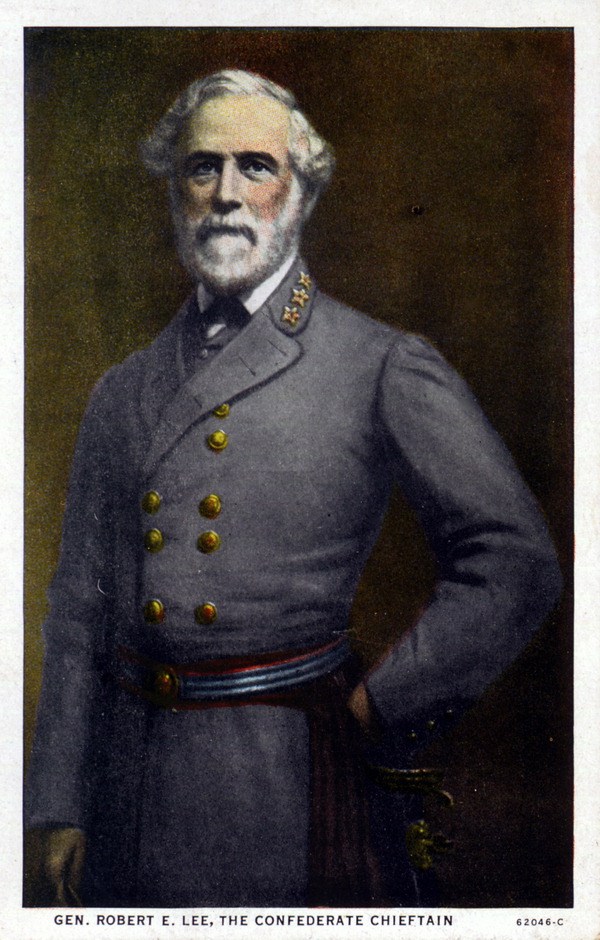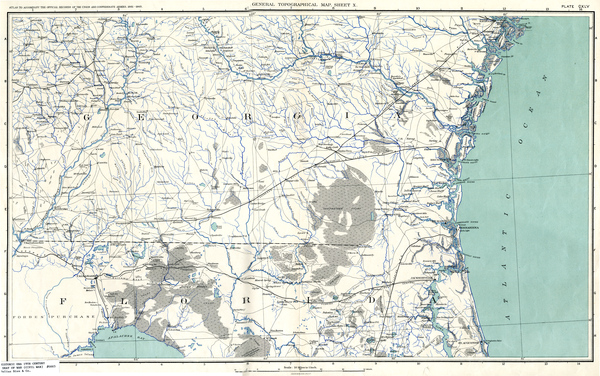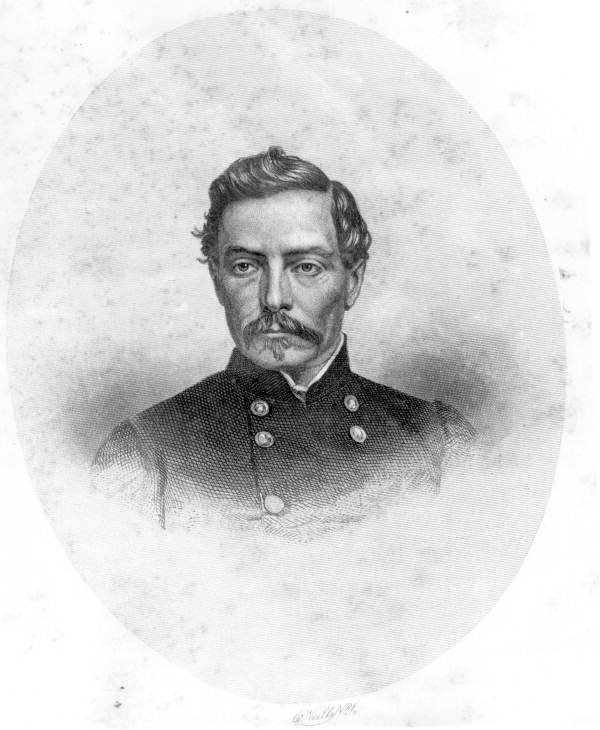Description of previous item
Description of next item
Florida and the Civil War (August 1863)
Published August 8, 2013 by Florida Memory
One War, Three States
On August 10, 1863, Confederate Private James Jewell wrote to his wife from camp about ten miles north of St. Marks, Florida:
“This is a pleasant looking place, but I tell you it felt like burning a fellow up here this evening . . . . I have no idea how long we will stay here, but I would not be surprised if we were here some time, if the flies don[‘]t take us away. I thought I had seen some flies before, but I never saw them half so bad in my life. We traveled over twenty five miles of as sandy a road as can be found any where. there is not a firm place I don’t think in the whole rout[e], and a part of the way looked like there never was anybody seen . . . .”
Private Jewel’s observations of Confederate military service in Florida were not untypical in the summer of 1863. Although Union ships and sailors were never far away—the Union maintained a blockading fleet off Florida’s coast and occupied several of the state’s coastal towns—a Confederate soldier in Florida was more likely to die from the brutal heat or disease carrying insects than Yankee guns.
Four hundred miles to the north, however, August 1863 was quite different for the Confederate troops defending Charleston, South Carolina, the state that formed the northern third of the Confederate military department of South Carolina, Georgia, and Florida. In Charleston that August, Confederate forces endured a protracted Union assault on the city that began in July 1863, when Federal troops captured most of Morris Island situated on the southern shore of the mouth of Charleston Harbor. On August 22, 1863, Union guns on Morris Island began a bombardment of Charleston that would last for 587 days.
When considering Florida’s role in the Civil War, it is important to keep in mind that although the state was distant from the main battle fronts of the war it formed a link in a wider chain of command. This link evolved during 1861-1862 as the initial Confederate military department of South Carolina and Georgia became the Department of South Carolina, Georgia, and East Florida and finally, in 1862, the Department of South Carolina, Georgia, and Florida.
Headquartered in South Carolina, the department was responsible for the defense of the coasts of the three states, which as early as November 1861 encountered Union invasion when the Federals landed on the coast of South Carolina, capturing Port Royal, a permanent base of operations from which the Union launched numerous assaults on the three states. Despite these operations, the Confederate government never considered the department a defensive priority. In fact, the department often had to give up troops to reinforce Confederate armies in Virginia and Tennessee, the primary areas of fighting for most of the war.
The department’s secondary importance did not mean that it did not have its share of prominent commanders, however. Three of the war’s most consequential Confederate generals led the Department of South Carolina, Georgia, and Florida: Robert E. Lee, John C. Pemberton, and P. G. T. Beauregard.
Lee arrived in the department in the wake of the Union capture of Port Royal and commanded the area until March 1862, when Pemberton succeeded him. Lee left the department to take up the position of top military advisor to Confederate president Jefferson Davis. Neither Lee nor Pemberton were popular in South Carolina—this was before Lee became the South’s most successful general.
Lee believed Union naval supremacy made it impossible to defend the coastal islands along the shores of his three state command. As a result, the Union occupied many of the islands, which contained wealthy cotton and rice plantations and thousands of slaves. The enraged and influential plantation owners blamed Lee and Pemberton, who was even less inclined to defend the coast than Lee, for their loss of property.
Beauregard, on the other hand, was a hero to South Carolinians. He led the Confederate capture of Fort Sumter in Charleston Harbor at the start of the war and commanded the Department of South Carolina, Georgia, and Florida during the height of the Union siege of Charleston in 1863.
When Beauregard left the department in April 1864, the war was entering a new phase as Union forces pushed into northern Georgia towards Atlanta. General William Tecumseh Sherman’s troops captured Atlanta in September 1864, marched across Georgia and broke the middle link of the Department of South Carolina, Georgia, and Florida, when his men captured Savannah, Georgia on December 21, 1864. Sherman’s subsequent march into the interior of South Carolina left Florida as the only portion of the department relatively free of Union troops. The final act of the department was the surrender of all Confederate forces in Florida in May 1865.
Private Jewel is quoted in Gary L. Doster, ed., Dear Sallie: The Letters of Confederate Private James Jewel (Winchester, Virginia: Angle Valley Press, 2011), 159-160. See John E. Johns, Florida During the Civil War (Gainesville: University of Florida Press, 1963) on the Confederate military command in South Carolina, Georgia, and Florida.
Cite This Article
Chicago Manual of Style
(17th Edition)Florida Memory. "Florida and the Civil War (August 1863)." Floridiana, 2013. https://www.floridamemory.com/items/show/295120.
MLA
(9th Edition)Florida Memory. "Florida and the Civil War (August 1863)." Floridiana, 2013, https://www.floridamemory.com/items/show/295120. Accessed December 27, 2025.
APA
(7th Edition)Florida Memory. (2013, August 8). Florida and the Civil War (August 1863). Floridiana. Retrieved from https://www.floridamemory.com/items/show/295120

 Listen: The Folk Program
Listen: The Folk Program

